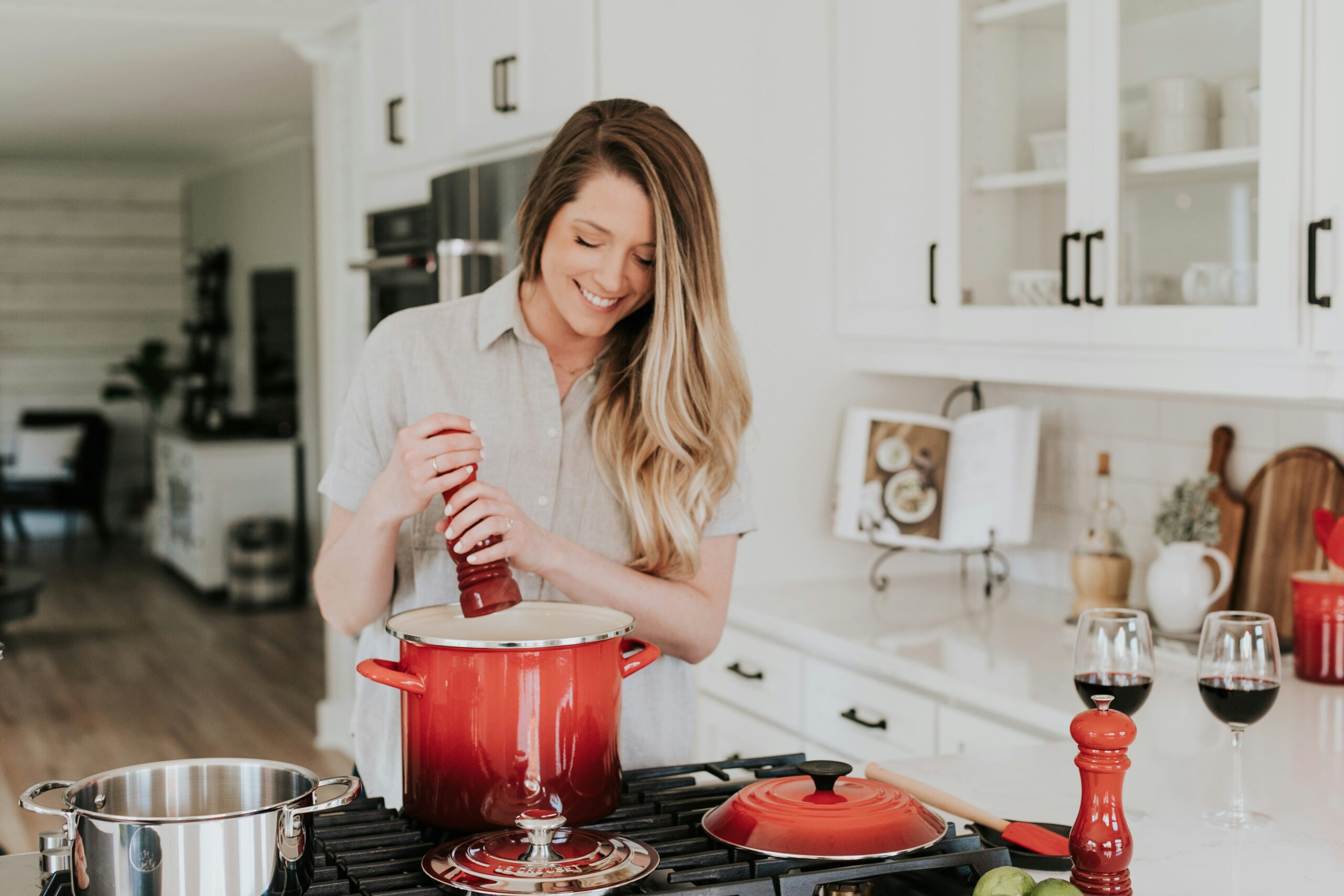Though the first-ever mention of a pressure cooker was back in 1679, as Papin’s Digester, this kitchen appliance was only commercialized after 1938. Alfred Vischer was the one to invent the first version of the modern pressure cooker – the Flex-Seal Speed Cooker.
Ever since then, this modern kitchen tool has only evolved over the years. It is well-appreciated among chefs and home cooks alike for reducing cooking time by 70%. Besides that, it is believed that cooked meals retain their nutrients, at least most of them.
With a wide range of benefits to offer, it’s difficult to think that pressure cookers can be dangerous to health and safety. Sadly, this can be true sometimes. In this article, we will understand what makes an appliance as versatile as the pressure cooker dangerous.
Pressure Cookers Are Not Inherently Dangerous
Suppose you just purchased a durable pressure cooker from a renowned brand like Instant Pot or Breville. Having purchased the appliance in person, you conducted a thorough safety feature check, including handles, gaskets, pressure release valves, and more.
Would it be too optimistic to be excited about using a novel kitchen appliance? Undoubtedly not, because pressure cookers are not inherently dangerous. The claims surrounding their versatility, nutrient retention, tasty meals, reduced cooking time, etc., are true.
However, your safety may be at risk if the pressure cooker malfunctions. Some common reasons for appliance malfunction include pressure buildup, uneven heating, loss of seal, and delayed pressure release.
Modern Safety Features
The production of pressure cookers truly skyrocketed after the end of World War II. It almost seemed like every manufacturer of war equipment had shifted their focus to pressure cookers. As the newer models rolled into the market, people began selling their older ones in garage sales.
The only problem was that the engineering was not so advanced back then. Pressure cooker manufacturers could only do so much, and the quality of their products was questionable. Two of the most concerning factors included –
- The cooker was made out of aluminum. This metal tends to react with the food cooking inside the vessel.
- There were no definite safety precautions or rules to follow, posing a serious threat to human lives.
Contemporary pressure cookers seem to have taken the risk factor out of the equation. Let’s look at some of these features that consumers are vouching for –
- Locking device – This feature on top of the cooker’s lid ensures that the appliance only opens after the pressure inside has been safely released.
- Pressure release valves – maintain the pressure inside the cooker to a controlled value. Pressure control is of utmost importance to prevent an unforeseen pressure cooker explosion.
- The gasket release aperture – is located just under the lid of the cooker. In case of high pressure, the gasket is pushed upwards, which maintains pressure and temperature inside.
- Safety handles – The modern ergonomic handle design makes the appliance easy to carry. The longer handles remain cool, thereby preventing the chances of burn injuries.
- Encapsulated even-heat base – Modern pressure cookers do not suffer from a hotspot at their base due to continuous heat exposure. The three-ply base encapsulated design allows the heat to be distributed evenly. As a result, there is no problem with hotspots under the appliance.
- Manufacturing material – As opposed to the reactive materials of the past, like aluminum and copper, modern pressure cookers come with innovative stainless steel technology. This prevents the appliance from overheating and damaging the food.
The Possibility of Explosion and Other Risks
Despite the horde of safety features that modern pressure cookers offer, there is somber news – the best of technology is technology at its best. In other words, there is always the possibility of a malfunction with technology.
Besides that, human neglect or carelessness may be contributing factors to pressure cooker dangers. For instance – there is this fear that a cooker may explode. This will disperse super-hot internal ingredients and steam all over the place at high speeds.
Anyone nearby may suffer from severe burn injuries, blindness, brain trauma, lacerations, etc. In some cases, the aftermath may include first-degree burns, as Nidia Rico, a resident of Bogota, Columbia, suffered. In others, the person nearby may sustain second or third-degree burns.
Even if nobody is near the appliance, an exploding pressure cooker can easily turn the entire kitchen into dust and ashes. The most important question is why such incidents occur despite modern safety features. According to TorHoerman Law, the reasons could include faulty locks or lid seals, defective wiring, inadequate ventilation, and a malfunctioning digital indicator.
In conclusion, it is true to a certain degree that unforeseen accidents may happen no matter how careful you are. However, that does not mean you should avoid using safety measures.
Keep in mind precautions like not leaving the appliance unsupervised, using proper liquid to maintain pressure, not overfilling it, keeping face and hands away from steam, and washing each part separately after every cooking session.
The pressure cooker market is still vast, valued at $5.48 billion in 2023. Since it is growing at a CAGR of 5.53% till 2030, it is expected to become $8 billion. This proves that the demand for this useful kitchen tool will not decline simply because there are risks involved. Purchasing a cooker from a reliable brand and following safety tips should help keep accidents at bay.
